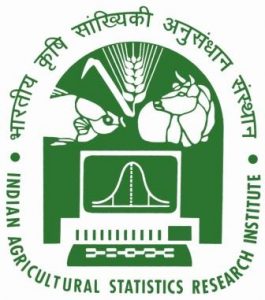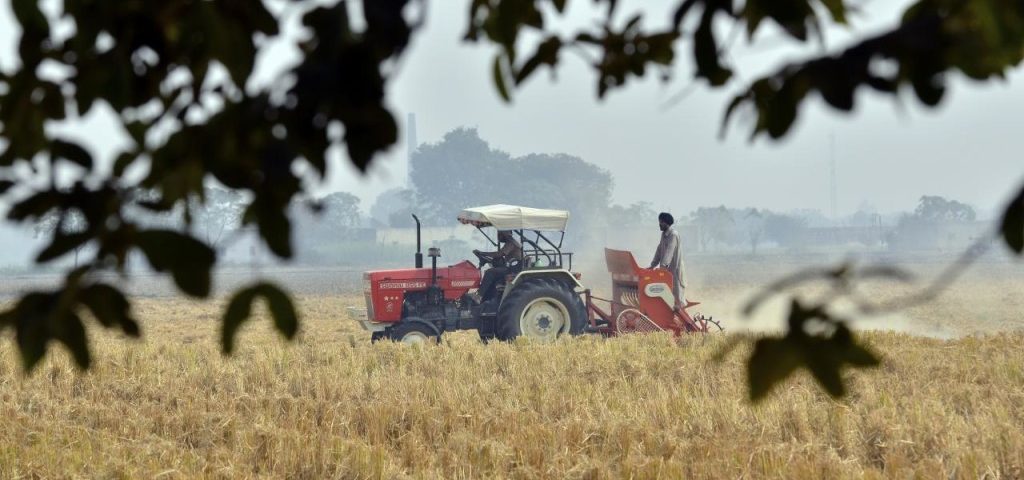Despite the importance of reliable statistics and data in making agri policies, the budgetary allocation for department of economics and statistics of agriculture is being gradually reduced over the last three years.
Arun Pandey
On one side government is aiming to double the farmers’ income by 2022, on the other hand it does not have the current statistics of farmers’ income. The latest available survey from the National Sample Survey Office (NSSO) is for 2012-13. According to NSSO, average monthly income of a farmer is Rs 3, 856 (both farming and non farming income). In the absence of latest statistics, policymakers have relied on side indicators like production estimates and prices to calculate farmers’ average monthly income. According to agri experts, this can be bad for conceptualizing new policies. Will doubling of farmers’ income mean doubling of Rs 3, 856? It turns out to be Rs 7,712. Will this have any meaning?
 Also, government has not considered the horticulture sector while estimating agriculture growth. Horticulture sector
Also, government has not considered the horticulture sector while estimating agriculture growth. Horticulture sector occupies nearly 20% share in agri economy. Though the horticulture production is more than the food grain production but there are no area wise estimates for the horticulture sector in the 2016-17.
occupies nearly 20% share in agri economy. Though the horticulture production is more than the food grain production but there are no area wise estimates for the horticulture sector in the 2016-17.
Economic Survey tabled in Parliament has pegged agriculture sector growth at 4.1 per cent in the current year, up from 1.2 per cent in 2015-16. But, in a survey released by RBI in December 2016, the forecast of growth rate for agriculture and allied activities’ for 2016-17 is 3.1% (- 0.4%) and for 2017-18 is 2.9% (-0.1%). However, recently, Niti Aayog projected the growth to be nearly 6% this fiscal year 2016-17.
Even the tall claims of crop production have not been found in consonance with market behaviour. Government had projected good gram (chana) and wheat production for 2015-16 but their less availability and increasing prices of the two has put doubts on the official estimates. It forced government to abolish the import duty to keep inflation in control.
In case of sugar production for Oct – Sep 2016-17, official estimates were 22.5 MT but market estimates were somewhere of 20.5 MT. Indian sugar Mills association (ISMA) had estimated 21.3MT. Similarly, research division of the NCDEX commodity exchange (released in January) pointed out the difference of 10% in Gram (Chana) production. Official figures were 7.2 MT while market estimates were 6.5 MT. Such difference in estimates may result in wrong decisions many times.
Despite the important role of statistics and correct data, the budgetary allocation for department of economics and statistics of agriculture is being gradually reduced over the last three years. In 2001, the National Statistical Commission had asked the government to improve the quality of India’s agriculture data. It is significant for making effective policies and taking better decisions especially in shaping long term objective of doubling of farm incomes.
——————————————————————————————————————————————————————————-




